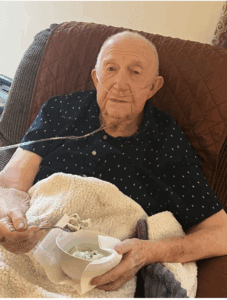Over the last few days, there has been a call for unification and healing in the United States. As a trauma therapist, I’d like to outline the Consensus Model for trauma treatment as a template for how to approach this sort of unifying and healing.
This model, more than 100-years old, has been validated over and over again and is called the consensus model because it is so widely agreed upon. One of its strengths is how it can be applied with equal validity in medical, psychological, and social contexts.
What follows is a very simplified description of these phases. I hope it’s helpful to those of us longing for genuine and lasting unification and healing.
Phase 1. Stabilization
Before rushing in to remove a bullet, for example, first we stabilize the patient. Make sure they’re not still getting shot at, (eg. field of war), or that the poison in the wound or infection in the bloodstream isn’t doing more damage than the bullet, itself.
You wouldn’t expect a medical team to just stitch up a wound with shrapnel still inside and say that everything’s fine now, would you? In a MASH type situation, you might stitch someone up long enough to get them somewhere safe, but it would also be crystal clear that this was not yet true recovery or healing.
Phase 2. Addressing and reprocessing memories of trauma, related beliefs, losses and ancillary trauma
Here is where the reckoning happens.
Pulling out the shrapnel, rebuilding (or building for the first time) the connective tissue that has been shredded. Depending on the nature of the trauma and how long it’s been going on, this phase can take quite a while. It can be destabilizing, so stabilization must be monitored and maintained throughout this process. Otherwise, the process retraumatizes.
All of this reprocessing of trauma and loss hurts, and it’s complicated. And it’s absolutely essential to the healing process.
Phase 3. Integration, reconciliation, creating and/or restoring connections.
This is the ultimate goal and is what many are calling for NOW in the US.
As you can see, I’m sure, one cannot simply leap into Phase 3 of treatment and recovery. It doesn’t work.
Sure, you could close up the wound and clean up the blood, but the poison is still inside; the bullet and shrapnel, still doing their damage. Connective tissue, shredded. Scar tissue, expanding as unseen (and often unacknowledged) damage continues to spread.
The bottom line
True and lasting healing, whether medical, psychological, or societal, happens from the inside out.
Isn’t it time?
#trauma #TraumaHealing #DoItRightThisTime #TraumaTherapistRant














